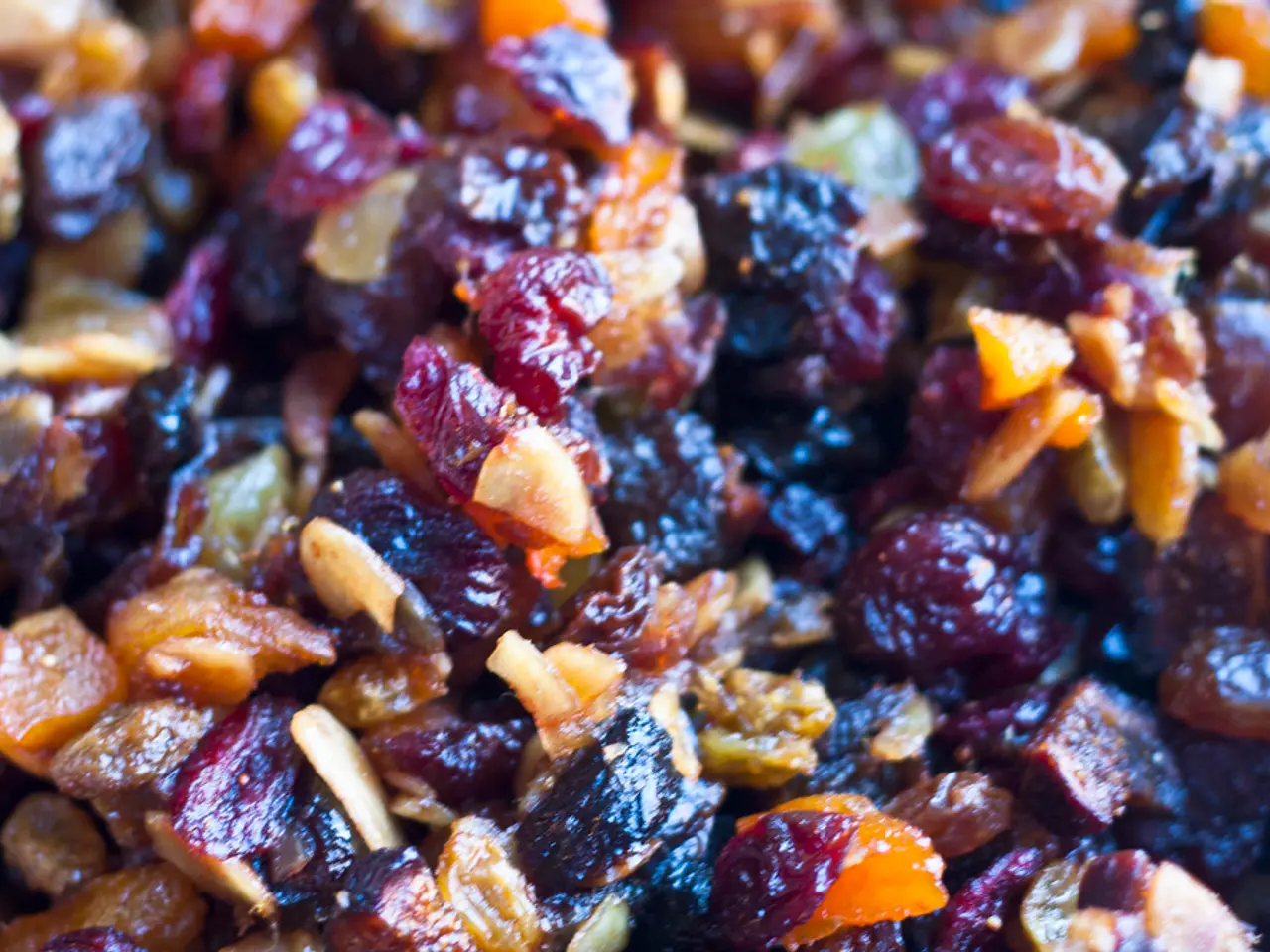Sensory Study Reveals that Odors Prompt Flavor Perception
In a groundbreaking discovery, researchers at Karolinska Institutet in Sweden, in collaboration with a team in Turkey, have found that the brain interprets certain smells as actual tastes. This significant finding, published in Nature Communications, could revolutionise our understanding of how food choices are influenced by the surrounding environment.
The study, supported by the European Research Council and the Swedish Research Council, aimed to investigate whether the same process occurs when people encounter external smells, called orthonasal odors. The research team used functional magnetic resonance imaging (fMRI) to test 25 healthy adults and found a striking overlap between brain activity patterns for sweet and savory aromas and tastes.
The results showed that specific aromas trigger taste when activated in the brain in the same way as actual tastes. Contrary to previous understanding, aromas alone can play a stronger role than previously thought in shaping food preferences and cravings.
The brain does not handle taste and smell separately but builds a shared representation of flavor directly in the taste cortex. This means that the mechanism could have a direct influence on eating behavior. For instance, the study intends to determine if a person walking from the cheese section to the pastry aisle experiences a shift in brain activity patterns, from savory to sweet, before eating anything.
The overlap was strongest in areas of the taste cortex that handle the integration of different sensory inputs. This could help explain why certain foods are more tempting than others and why aromas can encourage overeating.
Interestingly, researchers led by Markus Knaden at the Max Planck Institute for Chemical Ecology in Germany have conducted studies showing that certain odors can be interpreted by the brain as representing desert environments, influencing food behavior, based on their work with the desert ant Cataglyphis fortis and its odor memory related to food and nest odors in the Tunisian Sahara.
The study's findings could help explain why certain aromas can instantly trigger cravings. For example, the smell of freshly baked bread might make you crave for a warm loaf, or the aroma of chocolate might make you yearn for a sweet treat.
In everyday experiences, this means that flavoured drinks seem sweet without sugar, and certain smells can help us identify the taste of a food even before we take a bite. The study's findings could have wide implications for understanding and influencing food choices, potentially leading to innovative strategies for promoting healthier eating habits.
Read also:
- Americans Lose Insurance Under New Tax Legislation, Affecting 10 Million Citizens
- Drug therapy for ADHD effectively minimizes risks of self-harm, accidents, and criminal activities
- Pregnancy Care Providers Suggest Avoiding Marijuana and Suggest Widespread Testing for It
- Understanding Tension Headaches: Their Nature and Characteristics




